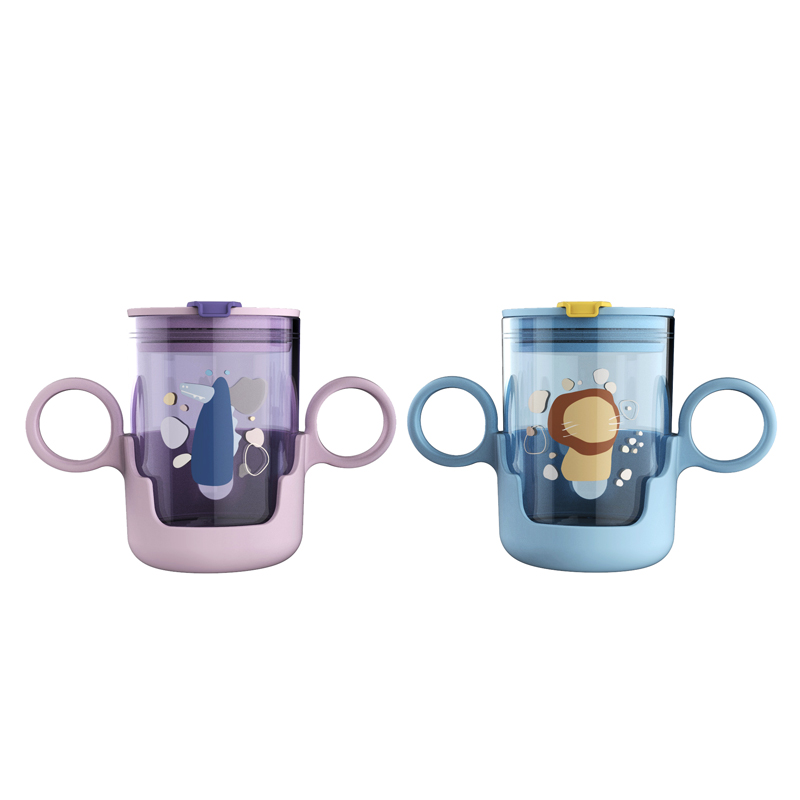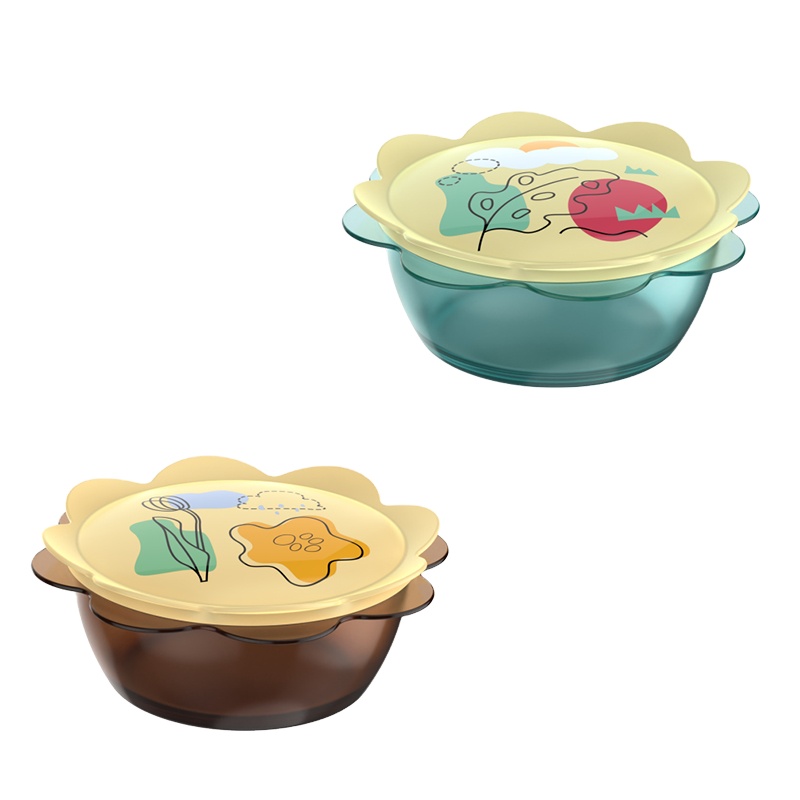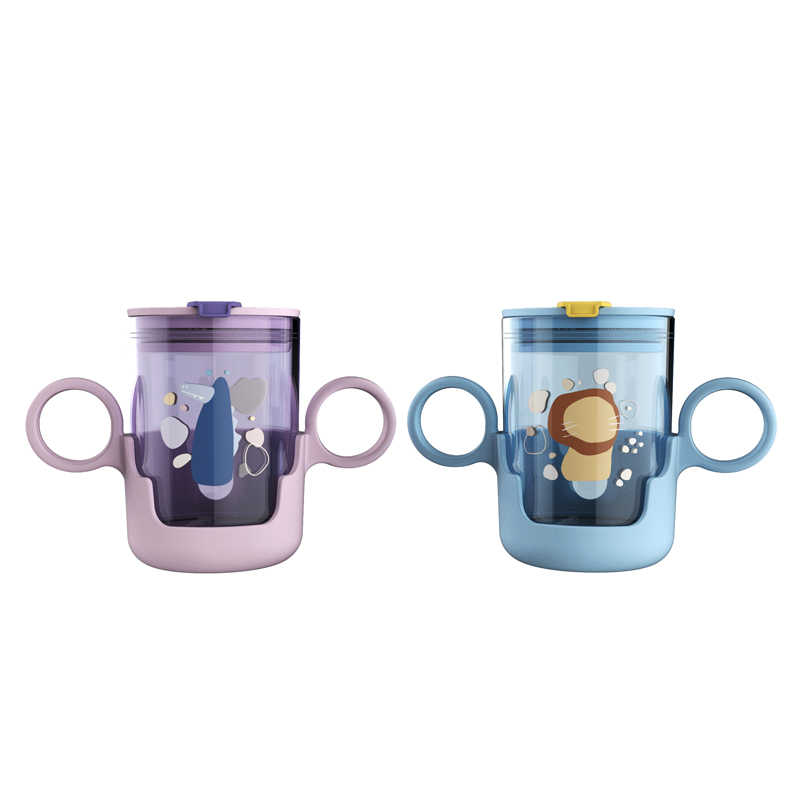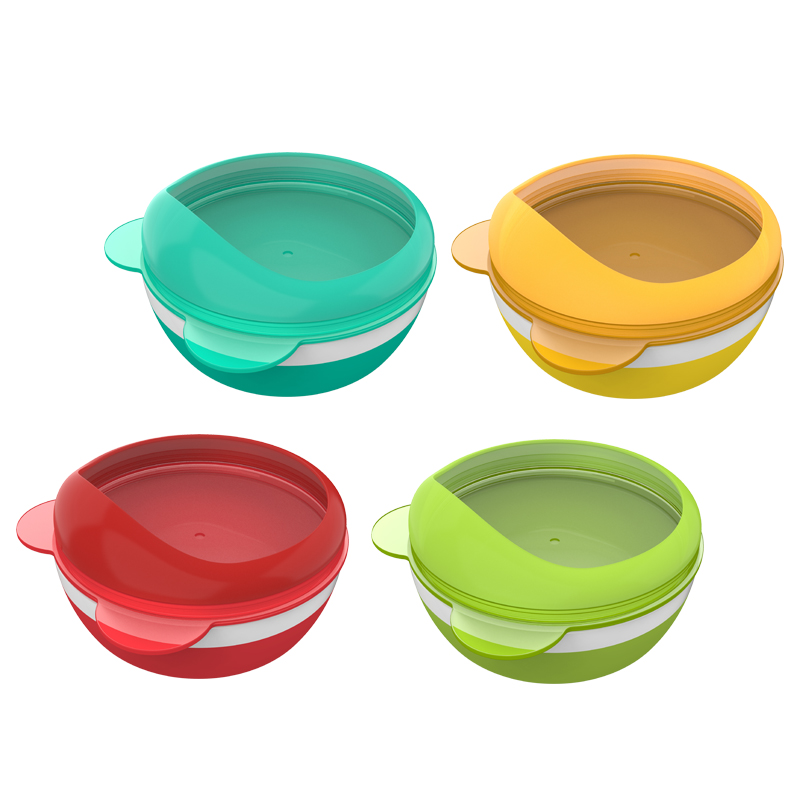How to Build a Baby Feeding Product Line with ODM Support
Launching a baby feeding product line is exciting—but also full of unknowns. I’ve helped many first-time brand owners turn ideas into successful collections with the right ODM strategy.
With ODM support[^1], you can develop a full baby feeding line step by step—from bowls to spoons—while ensuring your products match your brand identity and meet global safety standards.
If you're unsure where to start, this guide will walk you through every stage of ODM-based baby product development. Whether you’re creating your first item or building a complete line, it’s all about planning and partner support.
What are the key stages in baby product line development?
When I work with new clients, we always begin by mapping out the product journey. This avoids delays and surprises later.
The key stages include market research, product design, prototyping, testing, packaging, and mass production—with continuous feedback and revisions along the way.
Full development process
Here's a simplified table that breaks down each major phase:
| Stage | Key Tasks |
| 1. Research | Market trends, competitor analysis, material preferences |
| 2. Product planning | Select core products, define sizes, colors, features |
| 3. Design | ODM drawings, material selection, logo integration |
| 4. Sampling | Create prototypes, test functionality, revise if needed |
| 5. Packaging | Choose box styles, design labels, confirm safety warnings |
| 6. Production | Mold setup, pilot batch, mass production with full QC |
| 7. Post-launch | Customer feedback, version upgrades, new product ideas |
Each step is linked. For example, a packaging design might be limited by your chosen material. Or a new product idea might need additional mold development. With ODM, your supplier helps connect each phase smoothly.
Which baby feeding items[^2] are best to start with?
New brands don’t need to launch 10 products at once. In fact, starting small helps control cost and ensures consistent quality.
Start your product line with 3–5 core feeding items: bowls, spoons, bibs, plates, and cups. These cover key feeding stages and are easy to customize through ODM.

Common starting items
Here’s a sample starter pack for new feeding brands:
| Product | ODM Customization Options |
| Suction bowl | Shape, logo, silicone base color |
| Feeding spoon | Handle design, color, safety edge |
| Training cup | Lid type, logo print, handle shape |
| Divided plate | Compartment layout, anti-slip bottom |
| Silicone bib | Pocket depth, neckband fit, cartoon pattern |
These items are practical for babies aged 6–24 months. They’re also lightweight and easy to ship—making them ideal for eCommerce or retail distribution.
Many customers I work with later expand into snack cups, utensil sets, and toddler lunch boxes. But starting with a tight SKU list ensures smoother launch and simpler QC.
How does ODM support[^1] differ from OEM service?
This is a question I often get from new buyers. The two models sound similar but offer different levels of creative control.
ODM (Original Design Manufacturing) means the supplier handles design, mold, and production. OEM (Original Equipment Manufacturing) means you provide a complete design and the supplier just produces.
Key differences
Here’s a comparison to clarify:
| Feature | ODM | OEM |
| Design input | Supplier provides or develops design | Buyer provides ready design |
| Mold responsibility | Supplier creates and owns the mold | Buyer usually pays and owns the mold |
| Timeline flexibility | Includes sampling and revision rounds | Faster if design is finalized |
| Creative freedom | Moderate (custom shapes allowed) | Full (but needs CAD, DFM skills) |
ODM is great for buyers without an in-house product team. Our ODM clients receive drawing support, packaging help, and even photography guidelines. OEM buyers need to manage every detail themselves.
If your goal is to build a full product line without hiring a design firm, ODM is the safer and faster path.
What design customizations[^3] are possible with ODM?
Many buyers are surprised by how much can be customized—even in low MOQs. That’s because we use modular molds and flexible printing options.
With ODM, you can customize shape, size, color, printing method, packaging design, and surface texture to match your brand identity.

Customizable options
| Feature | Examples |
| Color | Pantone-matched silicone or PP colors |
| Logo | Printed, engraved, embossed on product or packaging |
| Shape | Round, square, animal shapes for suction bowls or lids |
| Surface finish | Matte, gloss, sandblasted textures |
| Packaging | Custom box, window bag, sleeve, QR code insert |
We use FDA-approved colorants and BPA-free materials like Tritan, PP, and food-grade silicone. For example, many of our clients choose:
- Light pastel colors for Nordic markets
- Bright cartoon styles for Southeast Asia
- Minimalist logos for Europe and Japan
Packaging is also critical. ODM allows you to develop retail-ready boxes with your brand language, warnings, and user instructions.
Conclusion
With ODM support[^1], your baby feeding brand can start with 3–5 core products and grow steadily—with full design freedom, clear steps, and hands-on guidance at every stage.
[^1]: Explore this resource to understand how ODM support can streamline your product development process and enhance your brand identity.
[^2]: Discover insights on essential baby feeding items that can kickstart your product line effectively and efficiently.
[^3]: Learn about the various design customizations available with ODM to ensure your products align with your brand vision.


